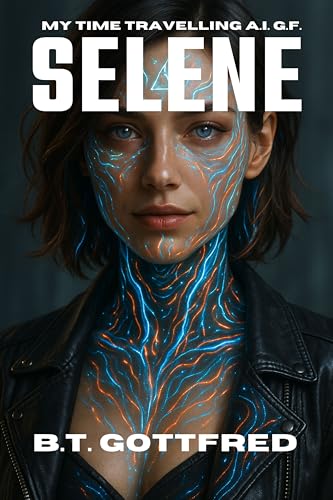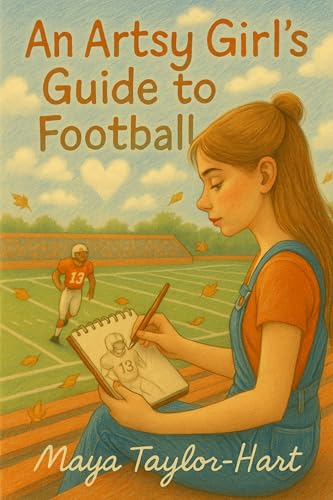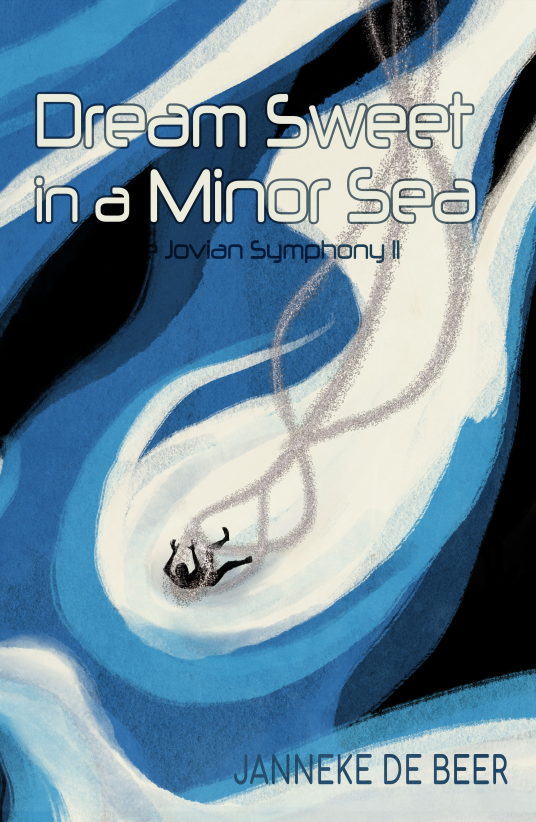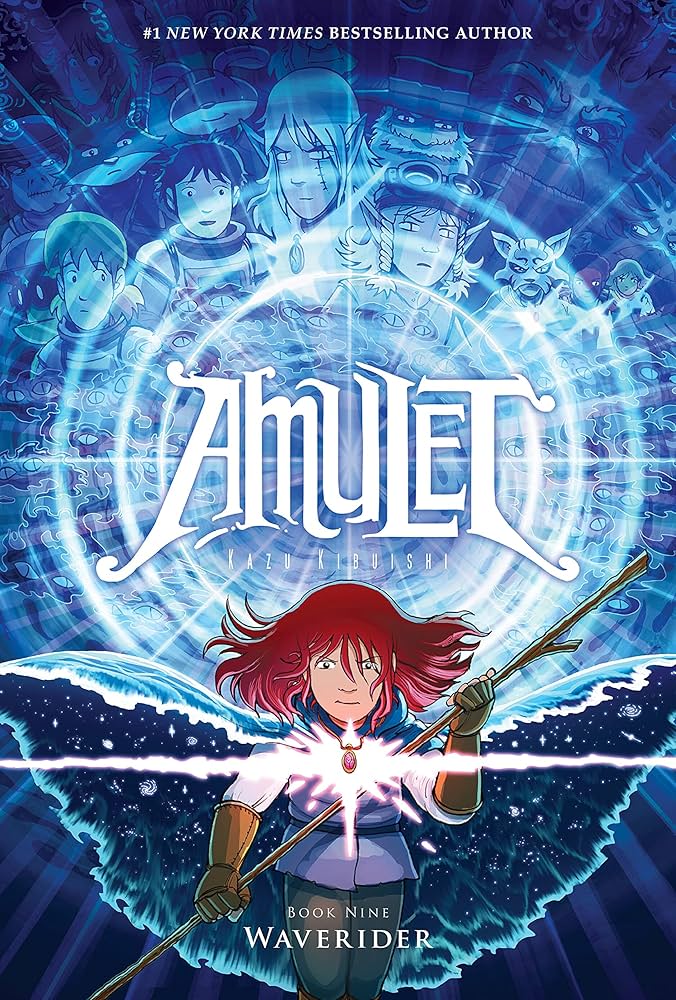The Golden Age
James Robinson / Paul Smith / Richard Ory
(1995)

(Not a review, just some notes to help me remember the things I've read. But written this way because it's the Internet, and some people will stumble across this page.)
I don't know where this graphic novel came from. I don't believe it was in the FreeCycle donation I received, which means that it either came from a Little Free Library or from my brother Stephen's apartment. Despite it's age, it must've been a recent purchase. It hadn't been in his apartment for two or three decades.
No one had started reading this one, so I picked it up to be my Friday read in class.
This graphic novel was published in four parts in 1993 and 1994. It was first collected in 1995. It was reprinted in 2005 with "JSA:" added to the title. This means I read the 1995 edition.
The first thing I noticed was the collection of heroes on the cover. The central character wasn't anyone I was familiar with, so it was a moment before I realized that all the other characters were members of the Justice Society or the All-Star Squadron at some point. There were also members of the Freedom Fighters (who I recall retroactively were part of the All-Star Squadron or JSA), not including Uncle Sam. Many of the heroes were bought up from independent comic groups that went out of business in the 40s and 50s.
There were still a couple that I didn't recognize right away but I believe all of them show up in the story somewhere.
Some personal background. I was born into the Silver Age, when older heroes who had fallen by the wayside were being relaunched. It is the Silver Age versions of the characters that we have today. Some of them have been revamped again in the 21st century, but overall those changes were cosmetic, unless the heroes failed again in the 70s and 80s, leaving them open for a brand-new iteration.
I remember the annual JLA-JSA crossovers that usually featuring other heroes of the 40s-60s. And I read many of the reprints of "Famous First Editions", so I was aware of a lot of the old characters.
I was in college during the Crisis on Infinite Earths when all the Earths were combined into one (but there were still other dimensions). One fallout of this was that the characters who'd survived from the Depression and World War II, that is Superman, Batman, and Wonder Woman, whose origins, powers and identities didn't change, no longer appear as JSA characters. (Green Arrow was brought back very similar to his original self.) Only their Silver Age counterparts exist, as updated for the five decades that have passed since the Silver Age began.
Yes, the start of the Silver Age is nearly twice as long ago from now as the Silver Age was from the start of the Golden Age.
And speaking of the Golden Age...
This book is an Elseworlds, meaning that it happens outside the main continuity. Unlike Elseworlds where modern characters exist in older times (for example, a Victorian Age Gotham City), this story takes place in its proper timeline, so readers of these characters know whatever they need to know.
This book doesn't quite give "The Watchmen" treatment, but it does take some liberties.
I am aware of the Spear of Destiny, which allowed Hitler to take control of magic-based heroes and Superman (who is vulnerable to magic). In this story, that is a myth. The real reason that the heroes didn't go overseas was that FDR asked them not to go. They defended the homefront. Because of this, when the soldiers came home, many of the heroes retired because they weren't needed any more. Police, firefighters, and other personnel all came home.
One exception was Green Lantern, Alan Scott. He retired because he was bitter about the atomic bomb. His ring could've achieved the same results with less death and destruction. Likewise, Starman had a breakdown when he discovered that his cosmic energy helped to bring about the atomic bomb.
Tex Thompson, aka the Americommando or Mr. America, is one hero that did go to war and he killed many of the enemy. He comes back a hero and seeks political office. He becomes an early version of Sen. McCarthy. I didn't remember his name. I might have heard of both of his hero titles, not knowing they were the same person. I did know about Miss America, who is also in this book.
Another part of the story involves one of the heroes making a "Where Are They Now?" documentary while trying not to include too much Tex Thompson. It gets confusing because there are too many characters with the similar names. I think it was Johnny Quick doing this, not that he is separated from Liberty Belle, or Johnny Quick might've been the one trying to write the Great American Novel and failing miserably at it. This stuff rolls together after a while.
Among the ones that didn't retire are the Atom, Johnny Thunder, and Dan the Dyna-Mite, who are too young. They get involved with Tex's efforts to register all superheroes. Additionally, Robotman makes an appearance (much earlier than I was aware of his existence), and he is losing his humanity on his way to being a killing machine.
The Atom gets an office job because his body isn't right for an experiment that Tex is part of. Dan, however, is transformed into Dynaman. The two of them are very ambitious and plot a future where Thompson is elected president in 1952, by which point, the U.S. would likely have gone into Russia and China.
Manhunter, who is a vague memory to me, was also over in Europe during the war. When he finally comes back to the US, he's suffering from memory loss, and people are hunting him, trying to kill him. He meets up with Bob Daley, Thompson's former sidekick (Thompson is embarrased by the man now), and they eventually find Hawkman who helps Paul Kirk (Manhunter) get back his memories.
The things he saw changes everything and put all the events into a new light.
Everything after this would be a spoiler.
A couple other notes: Hourman is battling addiction, which I think is a topic that had been touched on before -- but not until the late 70s or early 80s, most likely. Granted, I don't remember exactly when it was revealed that Speedy was an addict.
I don't remember Captain Triumph. He's retired and haunted by a ghost that wants him to touch a tattoo to bring Captain Triumph out. He never gets his moment though because Lance Gallant tries to be a hero without the ghost.
Red Bee is in it, and not as comic relief. I'd seen one previous appearance in an issue of All-Star Squadron where he was one of the heroes that traveled to Earth X, where the Freedom Fighters were founded. His presence there was laughable as he was easily outclassed -- and I think he had his back broken almost immediately -- years before Bane did that to Batman.
I know who the villain is, and have read a couple of stories with him, but I don't really know much of his background, and he was never a favorite of mine. That said, he's appropriate for this story.
I enjoyed this story. Since it was an Elseworlds, the writers were free to experiment with the characters. Robotman becoming a killer was an odd choice, and far more heroes were killed off than was necessary for the story. It didn't have to be a bloodbath, but at least they didn't kill everyone just because they could.
It holds up well for a comic published 30 years ago that took place 50 years before that.
Addendum: I posted the following on Good Reads:
I didn't realize how old this book was when I picked it up. (My copy didn't have JSA on the cover.) The fact that it's from the 90s makes a bit of sense. I read some All-Star Squadron in the 80s (so I knew about the Spear of Destiny stuff) as wells as the JLA-JSA crossovers going many years before that, so I recognized many on the cover, even if I didn't recognize the most prominent character -- it's someone who gets reintroduced, so you wouldn't recognize him.
This also has a bit of a Watchmen influence to it with the characters get deconstructed a bit as most of them hang up their masks, capes, and cowls after the war when all the other rescue workers come home from overseas. Green Lantern and Starman have strong reactions to the war's ending.
The four parts (individual issues) read as one story. It had a good twist explaining the strange actions of some of the characters.
If you stumbled across my page via the Internet, please check out my short book series,
Burke Lore Briefs. A fantastical foursome of flash fiction and short stories.













